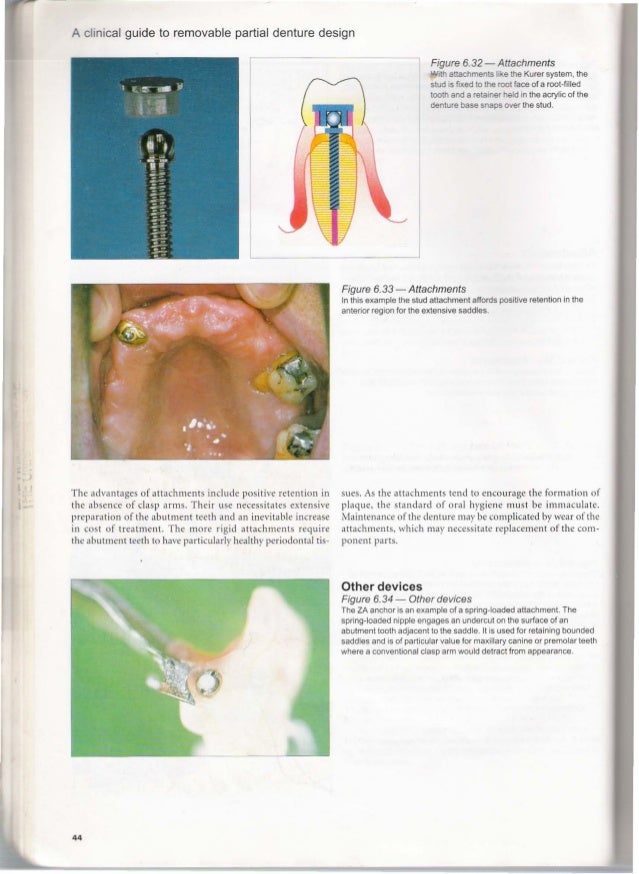Clinical Guide Partial Denture Design
This series of articles has been selected from two new publications replacing ' A Colour Atlas of Removable Partial Dentures', Davenport, Basker, Heath and Ralph, Wolfe Medical Publications Ltd, 1988. The content has been much revised and augmented, and has been reorganised into two volumes to conform to the format of the successful 'Clinical Guide' series of the BDJ. The first volume, 'A Clinical Guide to Removable Partial Dentures' focuses on the clinical aspects and techniques of removable partial denture (RPD) treatment, while the second volume, 'A Clinical Guide to Removable Partial Denture Design' concentrates on the procedures and principles of designing RPDs. The series of articles commencing in this issue of the BDJ comprises a selection from both volumes. There is still limited scientific data on which to base current concepts of RPD design.
However, there is a widely held view amongst prosthetic specialists that hygienic aspects of RPD design are of overriding importance compared with those design aspects concerned primarily with mechanical requirements. It is the authors' intention that this series of articles should clearly reflect this belief in the importance of basing RPD design predominantly on the need to maintain the oral health of the patient. There will be several articles on various aspects of RPD design. One of these, on clasp design, is taken from a comprehensive section on the principles of design in 'A Clinical Guide to Removable Partial Denture Design'. This section was developed from a collection of design rules produced for a computerised knowledge-based system for the design of RPDs.
Lower Partial Denture Design
This collection of rules was obtained initially from the literature and was subsequently modified in the light of comments received from prosthodontic specialists in all the dental schools in the UK and the Republic of Ireland. The level of support each design rule received from these experts is included as a guide to the reader.

Since then further significant contributions to this knowledge base have been made by a number of prosthodontic specialists from several different countries. Their comments have been taken into account in the discussion that follows each rule. Readers are invited to use this article in an interactive way by first forming their own opinion on the design principles listed at the beginning of the article and then comparing their opinions with those of the experts, and considering the points raised in the discussions. We hope that the wealth of prosthodontic knowledge and experience that this section represents will make it of particular and lasting value to the reader.
Bookmark Creator Subjects;; Contents. Preface. Part I. Procedures and general principles.
1. Communication between the dentist and the dental technician. 2. Classification of the partially edentulous arch.
3. Surveying. 4. Retention. 7. Bracing and reciprocation. Harbor freight safe manual.
Flexible Partial Denture Design
8. Indirect retention. 9. Connectors. 10. A system of design.
Part II. Principles of design. 11.
Saddles. 12. Occlusal rests. 13. Mandibular connectors.
15. Maxillary connectors.
Bibliography. Bookmark Work ID 20931482.